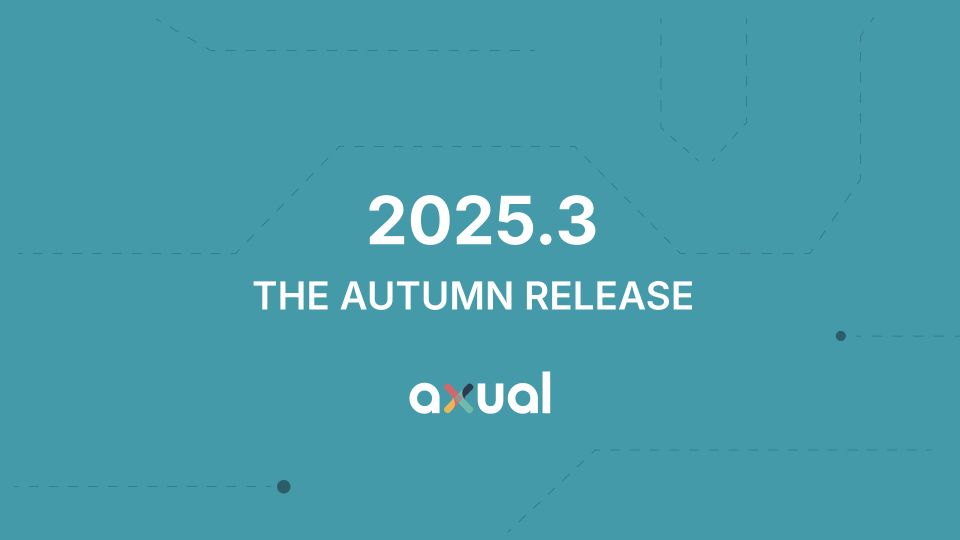The Importance of Monitoring Kafka Performance
Apache Kafka has become the preferred infrastructure in managing the increasing volume of data flow and processing needed by modern businesses. Kafka’s reliability, speed, and scalability resulted in early adopters like Netflix while capturing the attention of small to medium firms. As the use of the platform grows, it becomes increasingly important to make sure the platform delivers to the requirements of all connected clients.

On this page
Apache Kafka has become the preferred infrastructure in managing the increasing volume of data flow and processing needed by modern businesses. Kafka’s reliability, speed, and scalability resulted in early adopters like Netflix while capturing the attention of small to medium firms.
Producers and consumers publish and retrieve messages from partitions that are spread evenly over the clusters. Each partition is replicated over a factor determined by the system administrator to ensure data availability when a partition breaks down. One partition is automatically assigned as a leader, while others, which function as followers, merely copy the content of the leader.
Producers and consumers publish and retrieve messages from partitions that are spread evenly over the clusters. Each partition is replicated over a factor determined by the system administrator to ensure data availability when a partition breaks down. One partition is automatically assigned as a leader, while others, which function as followers, merely copy the content of the leader.
To ensure that the clusters and partitions function cohesively, Kafka relies on an Apache-built software named Zookeeper. The Zookeeper manages the partition within the clusters and synchronizes changes across the infrastructure.
Why Should You Monitor Kafka Metrics?
At a glance, Kafka’s non-dependence in the interaction between the producer and consumer means that the risk of a bottleneck is reduced. However, real-life applications of Kafka have proved that the infrastructure isn’t perfect and is dependent on internal and external factors that may overwhelm the message delivery.
There are instances where the partitions failed to replicate, or insufficient copies of replicas are produced. Such instances jeopardized the fault-tolerant properties of Kafka, as a server breakdown could result in data loss.
Another concern that bugged Kafka deployment is the issue with consumer lag. Consumer lag is an instance where the producer is publishing messages at a rate where consumers failed to keep up with. For organizations that rely on delivering ‘fresh data’ to the consumer feeds, the increasing lag offset between consumer and producer defeats the purpose of a real-time system.
If you’re adopting the Kafka infrastructure for your organization’s needs, you need to be aware of the overall performance of the brokers, producers, and consumers. It will be a pain to wake up to a server crash and discover that you’ve lost a sizable amount of data.
Keeping an eye on the key Kafka metrics and setting up alerts for subsequent actions is vital to ensure that the Kafka setup is running in good health. You’ll want to be on the know if any anomalies pop up within the Kafka clusters.

Answers to your questions about Axual’s All-in-one Kafka Platform
Are you curious about our All-in-one Kafka platform? Dive into our FAQs
for all the details you need, and find the answers to your burning questions.
Standard Kafka metrics include information on throughput, latency, replication and disk usage.
Monitoring Kafka metrics is crucial for ensuring the reliability and performance of your data processing infrastructure. Despite Kafka’s design to minimize bottlenecks between producers and consumers, real-world applications can experience issues such as partition replication failures and consumer lag. These problems can lead to data loss and hinder the delivery of real-time data, defeating the purpose of using Kafka. By keeping a close eye on key metrics and setting up alerts, organizations can proactively identify anomalies, maintain optimal performance, and avoid costly disruptions, ensuring that their Kafka setup runs smoothly.
Related blogs

Axual 2025.3 release introduces KSML 1.1 integration for automated stream processing deployment, group-based resource filtering for multi-team governance, and experimental MCP Server for AI-driven platform operations. Includes JSON schema support, Protobuf processing (beta), and enhanced audit tracking for enterprise Kafka implementations.

The Axual 2025.2 summer release delivers targeted improvements for enterprise-grade Kafka deployments. In this post, we walk through the latest updates—from enhanced audit tracking and OAuth support in the REST Proxy to smarter stream processing controls in KSML. These features are designed to solve the real-world governance, security, and operational challenges enterprises face when scaling Kafka across teams and systems.

Axual 2025.1 is here with exciting new features and updates. Whether you're strengthening security, improving observability, or bridging old legacy systems with modern event systems, like Kafka, Axual 2025.1 is built to keep you, your fellow developers, and engineers ahead of the game.
